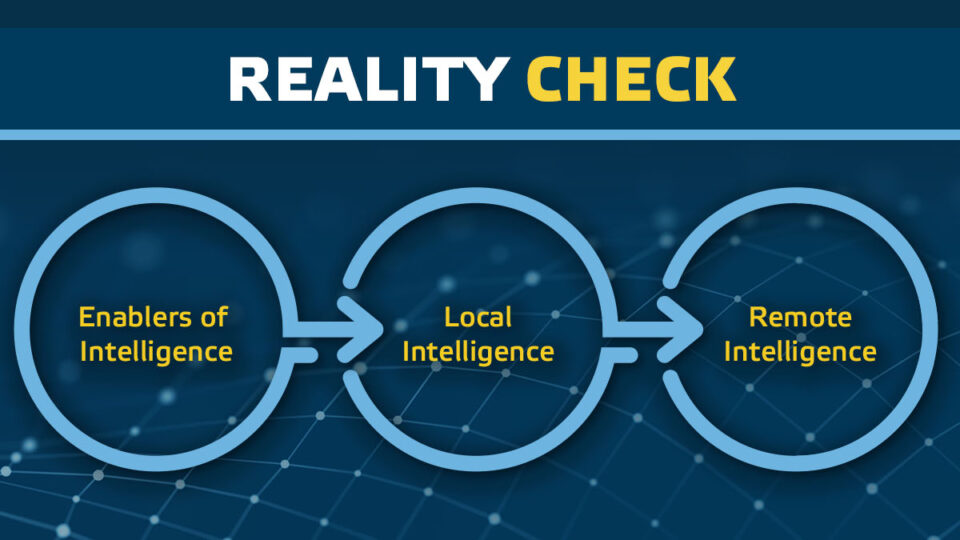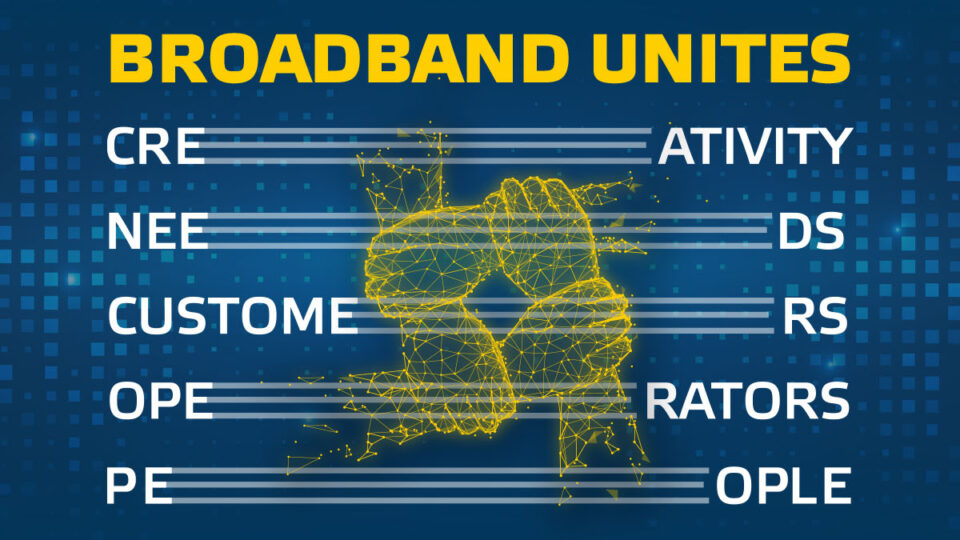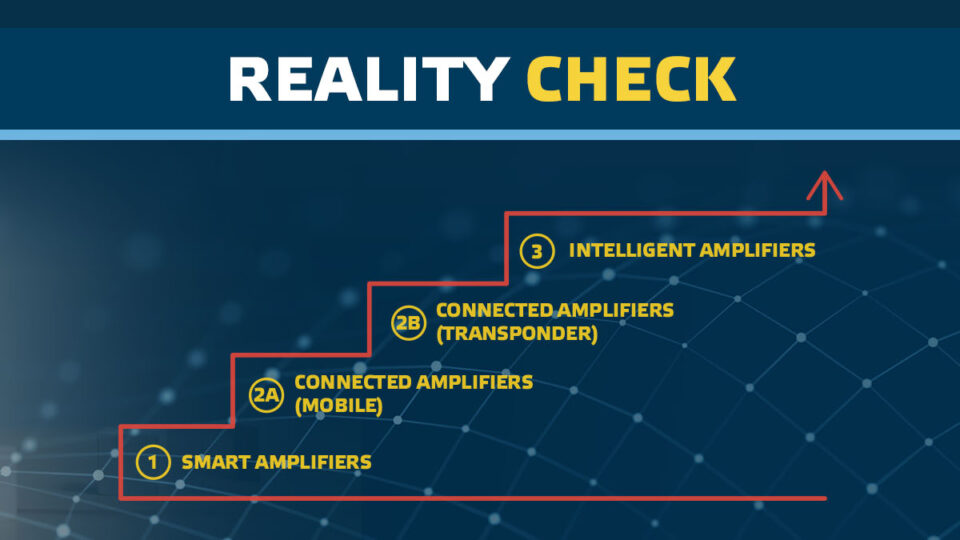
Traffic is king in the new era of broadband networks
DOCSIS 4.0, alongside the 1.8 GHz technology, is taking the broadband industry in a new era where service reliability, not just speed, guides the choices. The convergence of innovative solutions across the cable industry is delivering one clear message: subscriber satisfaction hinges on the ability to handle rising traffic demands with consistent, uninterrupted service. From 1.8 GHz technology rollouts to the increasing use of telemetry for proactive network optimization, the path forward is clear—it’s time for smarter broadband networks.
1.8 GHz smart amplifiers: the future of capacity and reliability
The 1.8 GHz amplifier remains at the forefront of industry discussions, as evident at this year’s SCTE TechExpo in Atlanta, where nearly every major vendor showcased their version. Industry-wide consensus is clear: there’s a genuine and pressing need for 1.8 GHz roll-outs North America, and this shift is vital for the future of broadband networks.
The demand for higher frequency amplifiers isn’t just about speed; it’s about sustaining reliable and high-capacity broadband service as internet traffic soars. Households today may consume up to two terabytes of data each month, and this figure will only rise. Subscribers care more about the data transfer capacity of their connection than achieving peak speeds for occasional high demand use cases. This shift reflects broader trends in consumer behaviour, as data consumption continues to grow and services like streaming, and gaming applications dominate bandwidth usage.
Our 1.8 GHz ICON amplifiers are not only designed to meet this demand, but they do so efficiently. Despite their enhanced capacity, they consume the same amount of power as their lower frequency counterparts—a key advantage for operators balancing network performance and energy consumption midst rising costs.
Telemetry: a game changer for proactive network management
As we look toward the future, the role of telemetry in broadband services will be pivotal. The ability to remotely monitor and adjust network performance in real-time will be key to ensuring network reliability, minimizing service disruptions, and ultimately improving customer experience.
At SCTE TechExpo, we saw increased awareness of telemetry’s benefits. Our demonstration of the remote management capabilities of our smart amplifiers, linking our booth in Atlanta to our laboratory in Finland, offered visitors a glimpse into the future of network management. Settings were adjusted over a standard internet connection in seconds, highlighting the maturity of our technology and its ability to perform configuration changes and other operational tasks with remarkable efficiency.
With millions smart amplifiers expected to be deployed across North American cable networks, the role of telemetry cannot be overstated. These devices will be the backbone of tomorrow’s networks, driving more reliable service and reducing operational costs through proactive management and preventive maintenance.
Collaboration, convergence, and AI’s role in the cable industry
Beyond the hardware, Broadcom’s decision to discontinue its Joint Development Agreement (JDA) policy could have implications particularly in Europe. In North America, the impact might be smaller, but it signals a more open approach across the industry.
Artificial Intelligence has also captured the attention of many industry insiders, with discussions centering on its potential to revolutionize field operations. AI applications, particularly in areas like telemetry-driven error detection and preventive maintenance, offer the promise of reducing truck rolls and improving customer satisfaction—a win-win for operators and subscribers alike.
The Road Ahead
Looking ahead, the industry is already discussing what networks will need to look like a decade from now. The discussions about DOCSIS 5.0 and 3 GHz reflect the industry’s continuous interest in to building networks that can not only meet today’s demands but also scale to support the traffic of tomorrow.
As we move forward, one thing is certain: the future of broadband networks will be defined by their adaptability, intelligence, and efficiency. Whether through the deployment of 1.8 GHz amplifiers, the integration of telemetry, or the continued advancement of DOCSIS technologies, we are entering a new era where reliability is the ultimate benchmark. The innovations we are developing today will be the foundation of tomorrow’s networks, ensuring that operators can meet the ever-growing demands of a hyper-connected world.
Pasi Järvenpää
Pasi Järvenpää
I’m currently heading Teleste’s R&D. Together with our R&D teams we work everyday to build smart, safe, smooth and sustainable future. Please visit my LinkedIn for more information.



